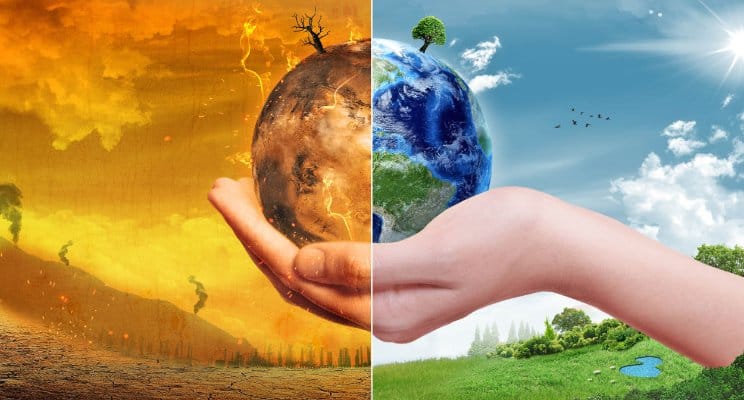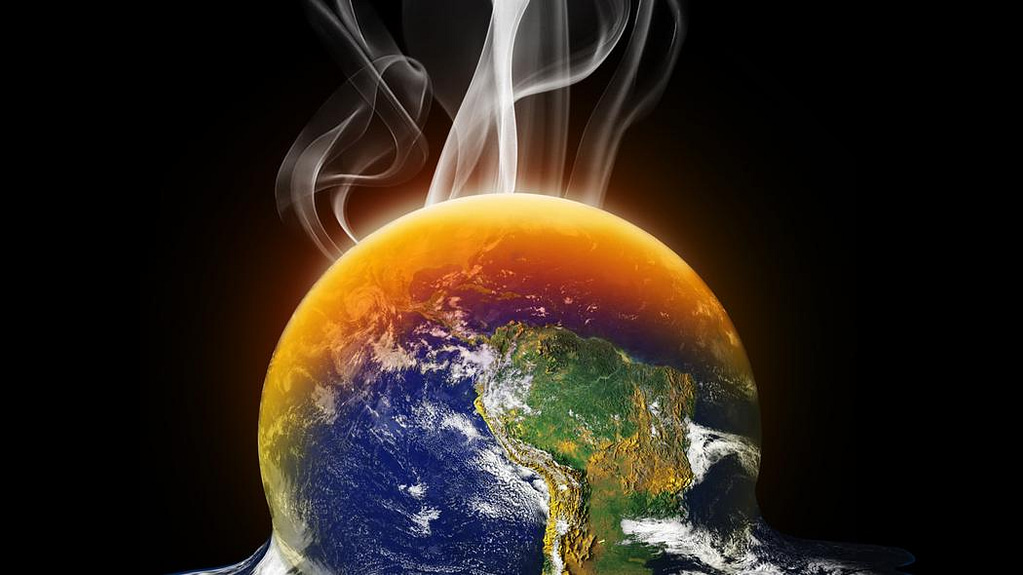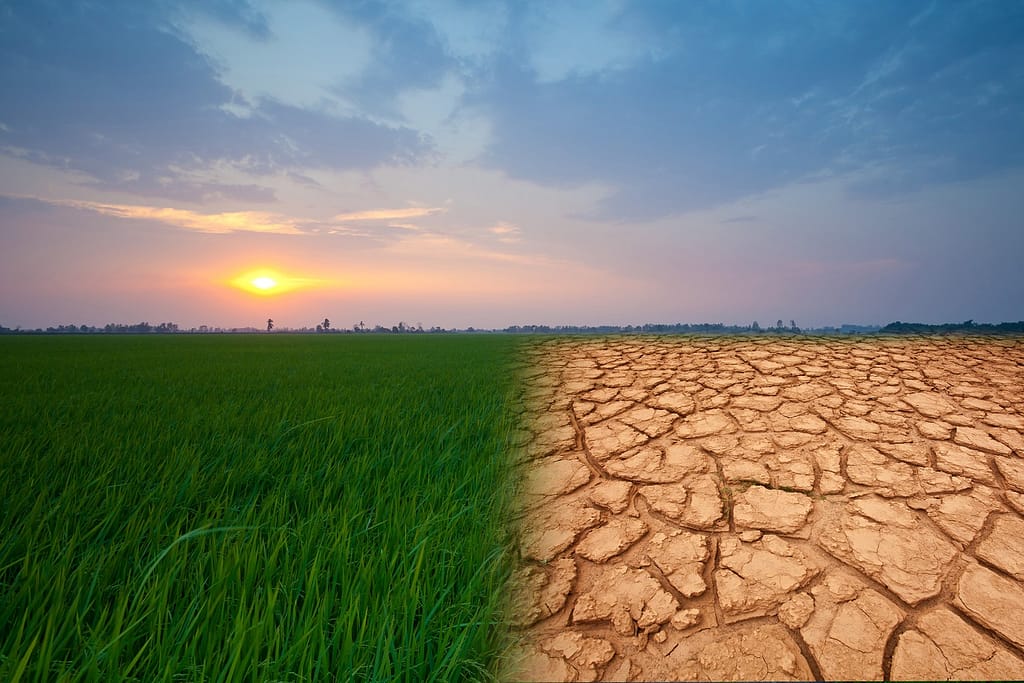Earth is not just our home.
It is a system, a delicate balance that makes LIFE possible.
It is as simple as the science lesson on Ecological Balance we learnt in schools. The balance of flora and fauna is the backbone to our food industry, providing us with fruits and vegetables, ensuring the survival of game animals and most important of all, keeping the air and water systems in line – the key to our survival. For most urban cities, nearby forest areas act as oxygen pockets.

So what happens, when the forest cover gives way to factories, residential spaces and agriculture land?
Unhealthy and polluted air, increase in CO2 which means a much more hotter climate and eroded lands.
Riding on our wave of industrialisation and lost in the circle of power and success, we are yet to realise that we are sitting on a ticking time bomb. The forecast for future is doom-ridden with the increase in lands stripped off its forests for survival or greed. UNLESS, urgent steps are taken on massive scale to tip the balance in our favour.

Deforestation & its impact
About 30% of the land area is covered in Forests. It is our means to survive, sustain and develop, be it in terms of essential oxygen, food, livelihood, fresh water, medicine or shelter. Unfortunately for us, every year, an estimated 18 million acres (7.3 million hectares) of forest are lost (United Nations Food and Agriculture Organization).
Among the many causes for deforestation, such as forest fires, unsustainable logging for timber, the leading cause is Agriculture and ranching for cattles. For agriculture land, lack of trees spells disaster in the making as when there are no trees to hold the soil, there is an increased danger of soil erosion, extreme floods or droughts.
As per WWF, “some 46-58 thousand square miles of forest are lost each year—equivalent to 48 football fields every minute”. This loss percolates into the destruction of ecological balance. Half of the tropical forests are already destroyed and massive number of species are already extinct or are on the verge of extinction, such as Rhinoceros, Tigers and Orangutans.

Situation in India
The government figures state that over the past 30 years, upto 15,000 sq km of forest land has been lost to encroachments and industrial projects. To put it in perspective, the largest cricket ground in India, Eden Gardens has the area of approximately 0.01 sq km. Which means a whopping 15 lakh cricket fields worth of forest land is no more!

The situation is worse than it seems. Currently, 250 sq km of forest area is diverted every year for “non-forestry activities”, that includes defence projects, dams, mining, power plants, industries and roads.
Worldwide Efforts
Slowly, but steadily, the countries are waking upto the dire situation we have led ourselves into. Worldwide, organisations and governments are now working to undo the damage caused to our forests.
Brazil has managed to reduce the rate of deforestation by more than two-thirds over the past six years.
China is working with architect Stefano Boeri to create Forest Cities. Stefano is known for his plant covered skyscrapers.

BioCarbon Engineering, a U.K.-based startup has embarked upon a global mission against widespread clear-cutting with industrial-scale reforestation. Their idea is simple and straight-forward: plant 1 billion trees in one year.

Stefano Boeri designs “vertical forest” city to eat up China’s smog
At the Paris Climate Conference in December 2015, India vowed to spend $6 billion to reforest 12 percent of its land (bringing total forest cover to 235 million acres by 2030, or about 29 percent of the country’s territory). On July 11, 2016, 800,000 volunteers from Uttar Pradesh worked for 24 hours to plant 49.3 million tree saplings – about 80 different species of trees.

India has already embarked upon a green mission with its massive renewable energy programme, plans to cancel 14 GW of coal plants and committed to selling only electric cars by 2030.
More and more countries are joining the green revolution. It is time we, as residents of Earth, do our bit too.
What you can do
PLANT MORE TREES.
Its that simple and really, that difficult. Planting is easy. Making sure that the tree actually blooms and survives requires a little more effort.
- Make sure you refer with your local authorities to understand the type of soil and the kind of tree species that will grow well in your area.
- Grow saplings. Involve your family and kids in this. Nurturing a baby plant and watching it grow is a bonding experience you can’t pay enough for.
- Plan the time to plant the sapling. Once you plant it, as per the season, make sure its regularly weeded and watered so the young sapling gets all the nutrients it needs to grow well.
- Engage with local NGOs, nurseries or organisations who do plantation drives. Volunteer today and watch the fruits of your labour grow.
Remember, you are not just planting a tree, you are ensuring a better, cleaner and healthier future for yourself and future generations. And unless, we find a way to relocate everyone to another planet, this is our only hope – the only thing that we can and MUST do.

You must be logged in to post a comment.